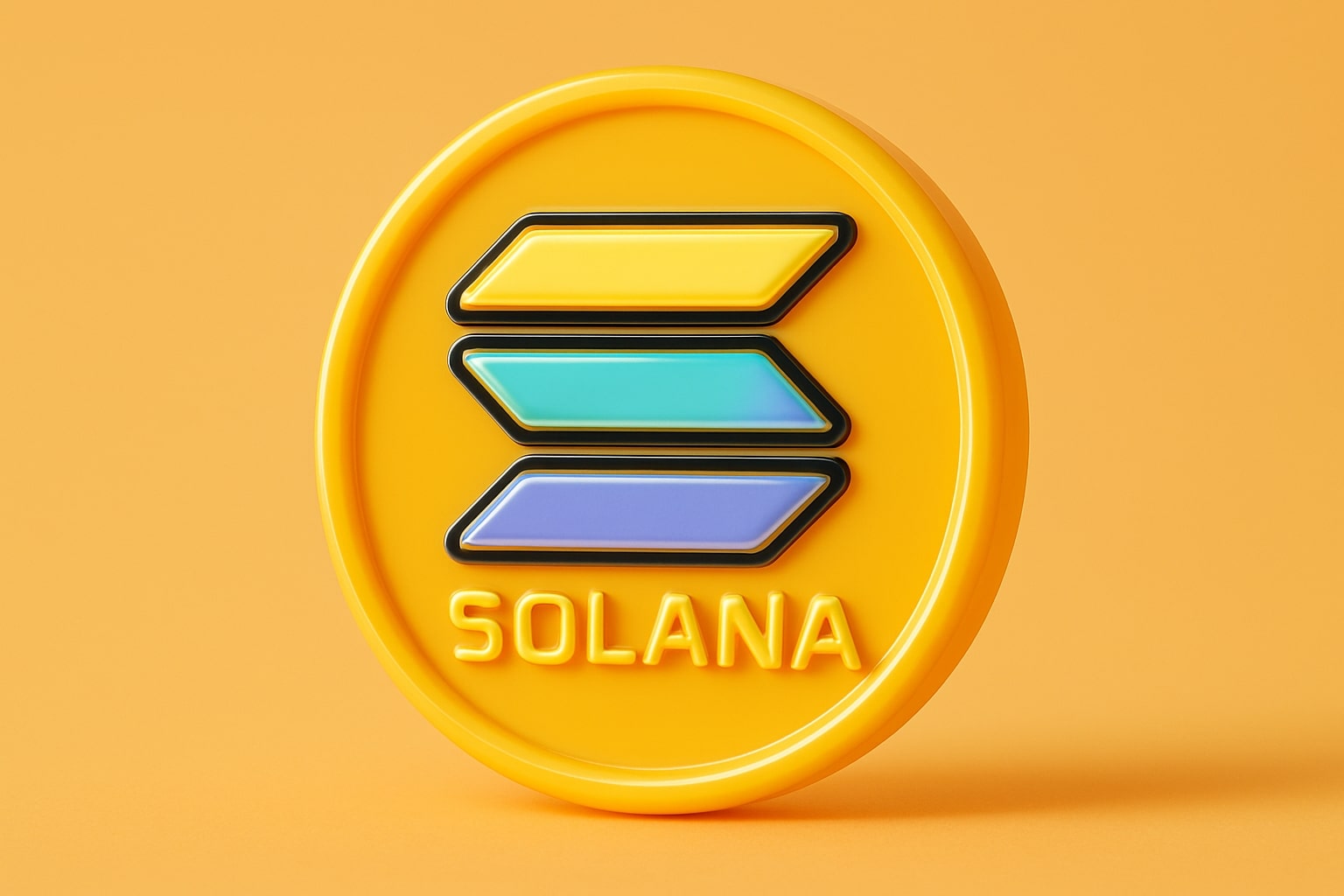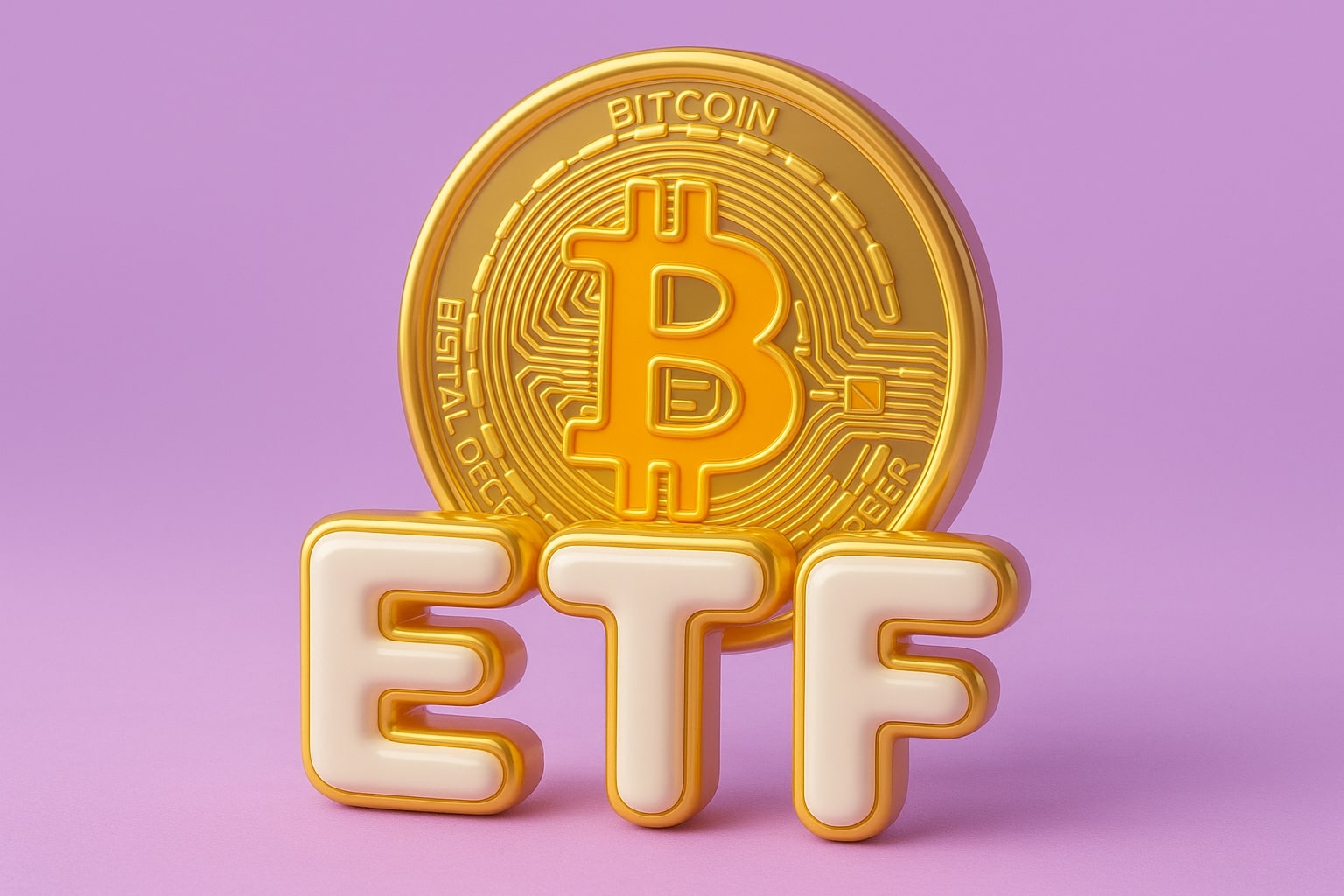Solana (SOL-USD) Struggles at $218 as Bulls Defend Key Support and ETF Optimism Battles $240 Resistance
Solana (SOL-USD) trades at $218.30, down 4.61% on the day, amid renewed selling pressure across the crypto market. The token has tested the $214–$218 demand zone repeatedly this week, with buyers stepping in each time to prevent a deeper decline. Despite being one of the top-performing large-cap altcoins in 2025, Solana continues to face heavy resistance between $240 and $250, a range it has failed to sustain above since September. The broader market correction — led by Bitcoin (BTC-USD) retracing to $121,000 and Ethereum (ETH-USD) sliding to $4,338 — has capped Solana’s short-term upside momentum.
Technical Picture: $250 Wall Defines the Battle Line for SOL Bulls
The $250 mark has now repelled Solana’s price three separate times since late August. Each attempt to break through that resistance, including January’s failed surge to $295, has been followed by profit-taking and lower highs. The latest rejection occurred at $245, confirming the zone’s strength. However, resistance zones tend to weaken after repeated tests, and the probability of a breakout increases as volume builds.
Momentum indicators remain mildly positive. The Relative Strength Index (RSI) on the weekly chart sits above 50, while the MACD histogram stays in bullish territory. The Fibonacci 1.61 extension, drawn from Solana’s early-2023 rally, projects a potential fifth-wave top between $416 and $464, aligning with Elliott Wave counts suggesting one final impulse leg remains in the broader uptrend.
Wave Count and Pattern Structure: Fifth Leg Near Completion
From a structural perspective, Solana’s price action appears to be in the fifth and final wave of an extended rally that began in January 2023, when SOL traded near $8. This final wave has unfolded within an ending diagonal formation, typically a terminal pattern before a trend reversal. The diagonal implies narrowing price swings with higher lows but lower momentum peaks, consistent with the current market behavior between $214 and $250.
If the count holds, Solana could stage one final breakout toward $416–$464 before consolidating or reversing. A failure to reclaim $240–$250 in the coming sessions would suggest that wave five has already peaked, leaving the token vulnerable to a retracement toward $209–$204, a confluence of prior demand and 16-hour chart support identified by derivative traders.
Short-Term Order Flow and Leverage Behavior: Traders Eye 10x Opportunities
Leveraged traders are positioning aggressively around this zone. On derivatives platform Bitget, data from high-volume trading setups shows short entries between $226 and $232, with stop losses at $236 and take-profit targets between $215 and $204. This setup aims for 50–100% potential returns with 10x leverage if a breakdown occurs.
The 4-hour Bollinger Bands are widening, reflecting increased volatility. Short-term resistance sits at $228.80, the upper 30-minute band, while dynamic support at $216.10 marks a key level for momentum traders. Order flow confirms that buyers continue to absorb dips, but volume remains insufficient to trigger a clean breakout.
Ecosystem Catalysts: Jupiter’s $750M Stablecoin Move Reinforces Solana’s DeFi Dominance
Solana’s DeFi backbone — led by Jupiter Exchange — is providing a significant structural tailwind. Jupiter, which processed $20.857 billion in trades over the last 30 days and earned $21.62 million in fees, announced the launch of its JupUSD stablecoin in collaboration with Ethena Labs. The rollout, planned for Q4 2025, will gradually convert up to $750 million in USDC liquidity into JupUSD, deepening Solana’s on-chain liquidity base.
The move could meaningfully expand Solana’s share of the global stablecoin market, which currently sits at just 9.27% of Ethereum’s circulating supply. With the GENIUS Act establishing a clear legal framework for digital asset-backed stablecoins, Solana’s ability to capture incremental stablecoin activity positions it as a core settlement layer for institutional-grade DeFi activity.
ETF and Institutional Inflows: $707M in Capital Adds Bullish Fuel
Solana has also benefited from a surge of institutional inflows. Over the past quarter, data shows a record $707 million in crypto investment products entering SOL-related vehicles. The REX-Osprey Solana ETF, recently approved by the U.S. SEC, has gathered over $400 million in assets and offers built-in staking rewards, differentiating it from traditional passive crypto ETFs.
Several additional issuers await final SEC clearance for similar products, with decisions expected before year-end. Analyst Lark Davis noted that Solana’s monthly chart is forming a cup-and-handle pattern, suggesting a technical setup for a long-term breakout above $400, contingent on ETF approval and market-wide liquidity recovery.
On-Chain Performance: DeFi and Volume Metrics Stay Robust
Despite price consolidation, Solana’s on-chain fundamentals remain resilient. The network consistently processes more than 30 million daily transactions, with average fees below $0.0002, maintaining its lead in efficiency over Ethereum and Avalanche. Active wallet counts have held steady near 1.3 million, while total value locked (TVL) in Solana’s DeFi ecosystem stands at $16.8 billion, a 27% increase year-to-date.
Liquidity fragmentation across protocols has decreased as DEX aggregator volume grows. Jupiter and Kamino now control nearly 60% of total DeFi activity on the network. The newly launched Jupiter desktop wallet, which integrates real-time analytics and lower fees, has further improved retail participation.
Macro Correlation: Broader Crypto Correction Weighs on SOL
Macro sentiment remains a key drag. Bitcoin’s sharp correction from its all-time high of $127,000 to $121,000 triggered broad deleveraging, pulling Ethereum (ETH-USD) down 3.95% to $4,338 and Binance Coin (BNB-USD) by 5.52% to $1,246.50. Solana’s decline mirrors this rotation, falling 4.61% as traders reduce exposure to high-beta assets.
Still, Solana’s relative strength index has remained above 50 even during this pullback — signaling that longer-term buyers remain active. Compared to other Layer-1s, Solana’s retracement has been milder, reflecting investor conviction in its ecosystem growth trajectory.
Comparative Sector Analysis: Remittix and Bitcoin Hyper Add Context
Parallel to Solana’s developments, PayFi token Remittix (RTX) has surged in attention. Priced at $0.113, RTX has raised $27.2 million, sold 677 million tokens, and achieved a #1 CertiK Skynet ranking. Its wallet beta and 15% USDT referral program highlight the PayFi model’s growing traction — although Solana’s dominance in throughput and developer engagement continues to overshadow these smaller projects.
Meanwhile, Bitcoin Hyper (HYPER) has raised $22.76 million in presale, aiming to bridge Bitcoin’s $2.5 trillion dormant capital into Solana’s high-speed architecture via the Solana Virtual Machine (SVM). The integration exemplifies how Solana’s performance metrics are now defining benchmarks even for external Layer-2 ecosystems.
Volatility Outlook: $204 Support and $242 Resistance Define Near-Term Play
Traders are monitoring the $204–$213 range for potential accumulation. A clean break below $213 could trigger algorithmic sell pressure toward $204, while a surge above $226 with volume exceeding $1 billion in 24-hour turnover could open the path toward $235–$242, where prior supply zones cluster.
As volatility rises, the FBB Bollinger indicator shows widening dispersion, often preceding breakout sequences. Open interest across perpetual futures has stabilized, suggesting leveraged liquidation risk is low after recent long position flushes.
Verdict: Buy Bias — Cautious Short-Term, Bullish Medium-Term Above $214 Support
Solana’s technical equilibrium remains finely balanced between $214 support and $240 resistance. With ETF inflows rising, a $707 million capital base entering SOL products, and Jupiter’s $750 million stablecoin launch pending, the medium-term thesis remains constructive.
Short-term trading remains tactical, but the overall outlook is bullish as long as prices hold above $214. A confirmed breakout above $242 could ignite a new rally toward $295, with long-term Fibonacci projections extending into the $416–$464 zone if wave-five continuation materializes.
Given on-chain resilience, institutional expansion, and stablecoin integration, Solana (SOL-USD) remains a Buy — with volatility offering accumulation opportunities before the next cycle leg higher.
That's TradingNEWS


















